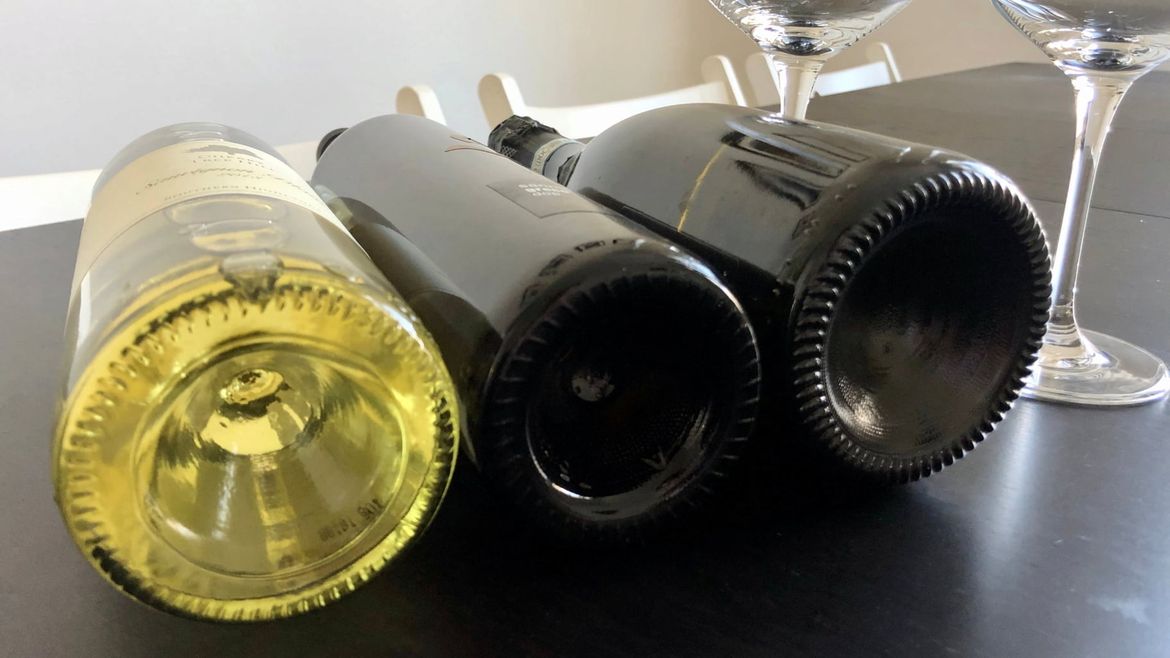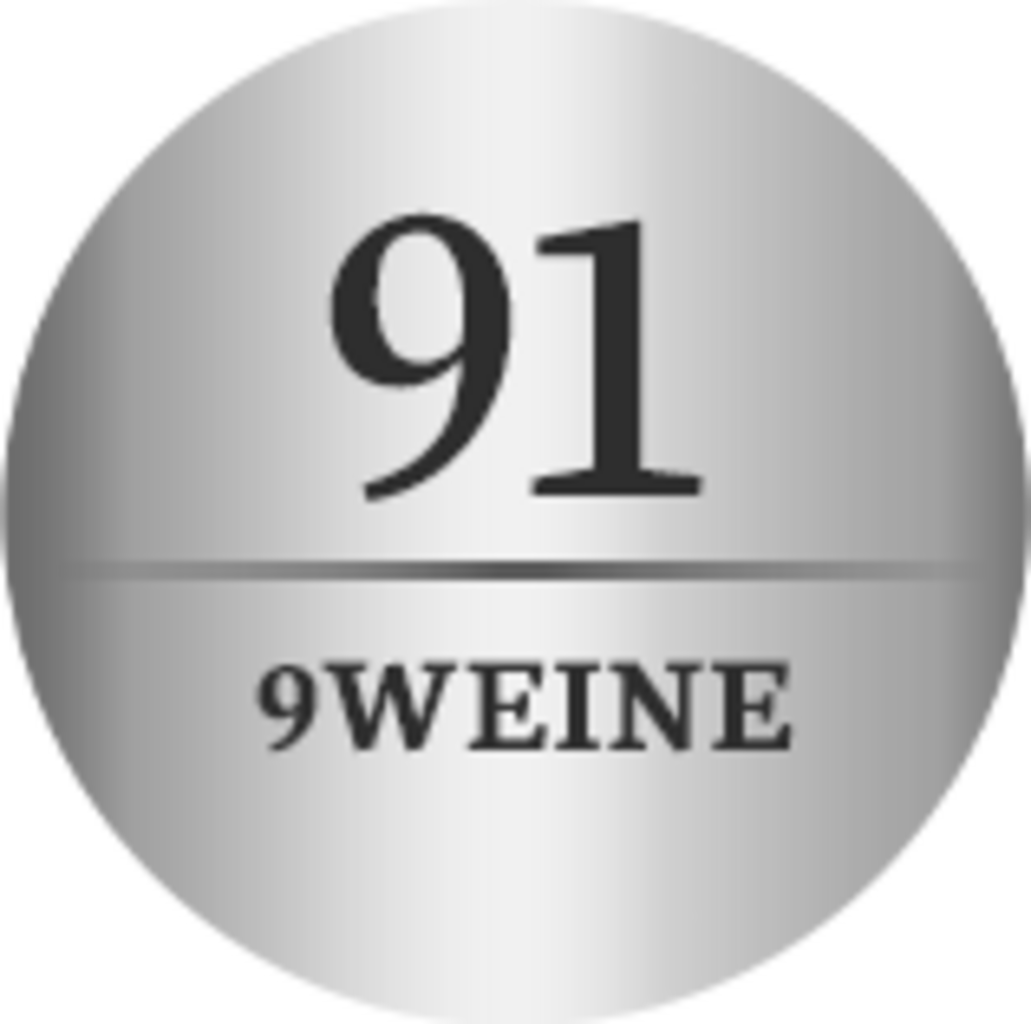Why Wine And Champagne Bottles Have A Convex Base
Four myths - one truth
Sparkling wines such as Sekt, champagne and prosecco do not have bottles with smooth bases. Instead, like many other wines, they have an indent. Incidentally, in French, this hollow is called the Culot de Bouteille. But why does it exist? We investigated myths about the curvature in the bottom of the bottle and can tell you the real reason!
- Myth number 1: The indent makes pouring easier
Some suspect that the indent exists to make pouring easier, in particular to allow waiters to steady the bottle. While this may look elegant, be practical and sound like a reasonable explanation, it's not the real reason for the curved bottom of the bottle.
- Myth number 2: To fake more content
Others claim the dented bottom was designed to trick consumers into believing there was more wine inside. That doesn't sound too far-fetched either, but it's nonsense! The contents of the bottle are stated on the label and that volume of wine must be inside.
- Myth number 3: So the deposit can settle
Some people speculate that the bulge in the bottom of the bottle allows the sediment to settle. Red wines in particular, which often age for many years, produce deposits during bottle maturation. This deposit consists mainly of colour and tannins from the grape skins, and can easily swirl up when pouring. With a curved bottle bottom, however, the sediment can settle in the groove and, provided the bottle is stood up in good time before consumption, should not reintegrate into the wine.
Although this is a great side effect, especially with red wines, it's not the main reason for the indentation in the bottom of the bottle.
- Myth number 4: For more stability
Some also think that the indent exists simply to make the bottle more stable. That's not the main reason either, but it's not untrue! It's believed that the curved bottom goes back to a time when wine bottles were not yet industrially made. The bottles were mouth-blown, which meant that the bottom was usually not flat, but slightly curved outwards. Since the finished bottle wouldn't then be very stable, the bottle blowers pressed the base inwards.
The real reason for the curved base
In addition to this stability, the indentation allows wine bottles to withstand pressure. The curvature is essential, especially for sparkling wines, to increase the internal pressure resistance of the bottle. This is necessary because carbonic acid (called "perlage" in sparkling wines) creates a strong internal pressure during bottling. When the cork is pushed into the bottle, a high closing pressure is created for a short time. The curved bottom transfers the pressure to the bottle walls and distributes it more evenly. If the base were flat, there would be a risk that the weak point - the bottom of the bottle - would simply break.
Thanks to the curved base, the bottle is more stable and can withstand this pressure.
You might also be interested in these posts
Where do the bubbles in champagne come from?
Latest reviews
-
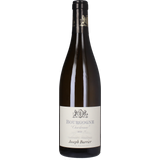 5.0 (1)
5.0 (1)Maison Joseph Burrier Bourgogne Chardonnay 2022
- Ideal introduction to the world of Burgundy
- Partly matured in wood
- Versatile food companion
€ 18,99 (€ 25,32 / item)Delivery by July 10
-
-
 4.7 (7)
4.7 (7)Domaine des Marronniers Bourgogne Chardonnay Grande Réserve 2022 Organic , 0,75 L
- 100% organic Chardonnay grapes from Burgundy
- Matured and aged in barriques
- Grande Reserve from the top vintage
€ 21,99 (€ 29,32 / L)Delivery by July 10
-
-
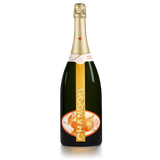 5.0 (6)
5.0 (6)CHANDON Garden Spritz Magnum 11,5 % Vol., 1,50 L
- Ready-to-serve aperitif in a 1.5 l magnum bottle
- Cuvée of Chardonnay, Pinot Noir & Sémillon
- With fine bitter orange liqueur
€ 38,99 (€ 25,99 / L)Delivery by July 10
-
-
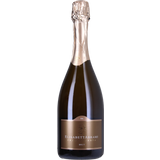 4.5 (41)
4.5 (41)Elisabetta Abrami Franciacorta Brut DOCG, 0,75 L
- Creamy & complex
- Traditional bottle fermentation
- Great wine for big celebrations or an ideal gift
€ 24,99 (€ 33,32 / L)Delivery by July 10
-
Magazine Articles:
-
Austria: Free standard delivery from € 49,90
-
We operate in a
climate-conscious manner. -
Free
returns Secure payments
with SSL encryption technology

